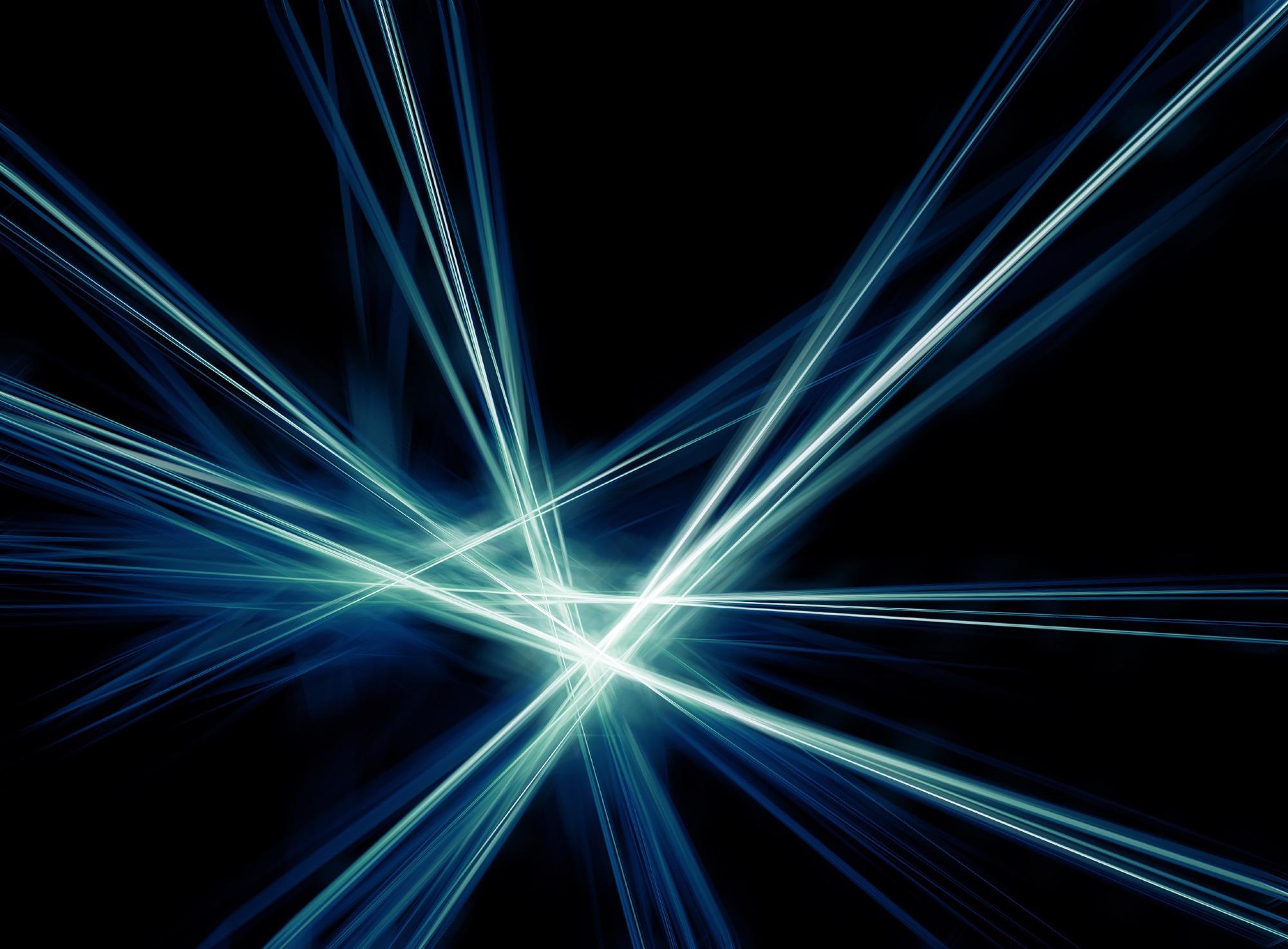A fiber-laser system has been integrated with the latest developments in multi-pass cells to design a laser with a special combination of few-cycle pulses at high pulse energy, average power and repetition rate and with stable carrier envelope phase (CEP) operation.

Image Credit: Shutterstock.com/ evv
Such characteristics of the new laser make it perfect for powering next-generation attosecond sources, similar to those at the Extreme Light Infrastructure (ELI) in Europe.
The so-called ELI is considered to be the world’s largest and most sophisticated high-power laser infrastructure. This will be utilized to examine light-matter interactions at the shortest time scales and highest intensities. The beamlines of ELI’s Attosecond Light Pulse Source will offer unparalleled performance in producing separate attosecond pulses and hence possess highly demanding laser system needs.
Steffen Hädrich from Active Fiber Systems GmbH in Germany will submit the new laser at the Optica (formerly known OSA) Laser Congress virtual web conference from October 3rd to 7th, 2021. Hädrich’s presentation falls on Monday, October 4th, 2021 at 11:30 EDT (UTC–04:00).
The development of such a unique laser system opens up new prospects for secondary sources, e.g. for the generation of isolated attosecond pulses with unprecedented parameters. These in turn hold promise to advance the understanding of electronic processes on fundamental length- and time-scales and contribute to new discoveries in biology, chemistry, physics and medicine.
Steffen Hädrich, Active Fiber Systems GmbH
The researchers have come up with a fiber-chirped pulse amplification system that coherently integrates eight amplifier channels. This has been done to design a laser system that has the ability to fulfill the requirements of ELI and other scientific applications. Furthermore, this system transmits 300-fs pulses that are compressed down to the few-cycle regime with the help of two multi-pass cells.
The first multi-pass cell makes use of normal dielectric mirrors to reach 1.7 mJ pulses with a duration below 35 fs. The second cell utilizes metal-based mirrors to achieve a pulse duration of just 5.8 fs at a pulse energy of 1.1 mJ, 110 W average power, and a repetition rate of 100 kHz.
There is a necessity for stable CEP operation to make complete use of the laser’s high average power and quick repetition rate. The scientists could do this by quantifying the CEP of each pulse with the help of a single stereo-ATI phasemeter that has the ability to characterize noise over the entire frequency spectrum. The CEP measurements were transmitted to a PID controller, thereby developing a feedback loop that allowed approximately 400 mrad of CEP noise.
We demonstrated the shortest pulses and highest compressed average power that has been achieved for few-cycle MPCs with 110 W at the 100 kHz pulse repetition rate. With further improvements, we hope to also achieve less than 300 mrad of CEP noise soon.
Steffen Hädrich, Active Fiber Systems GmbH
“The presented laser system meets the requirement for the HR1 laser of ELI-ALPS. We are in the process of scaling this approach towards the HR2 parameters, i.e. to implement this concept for the demonstration of a 500W, 5mJ, 6fs CEP-stable laser system,” added Hädrich.